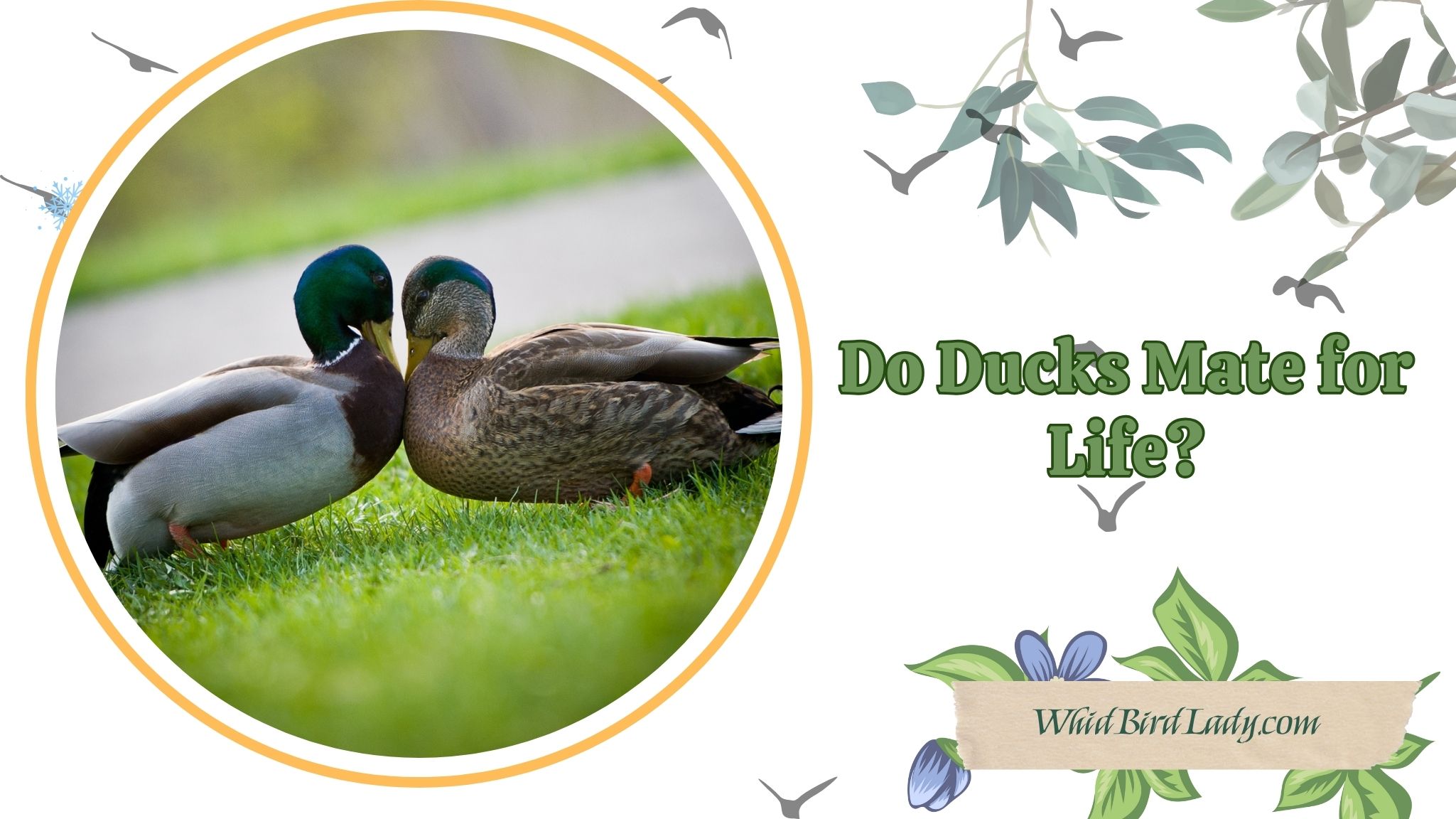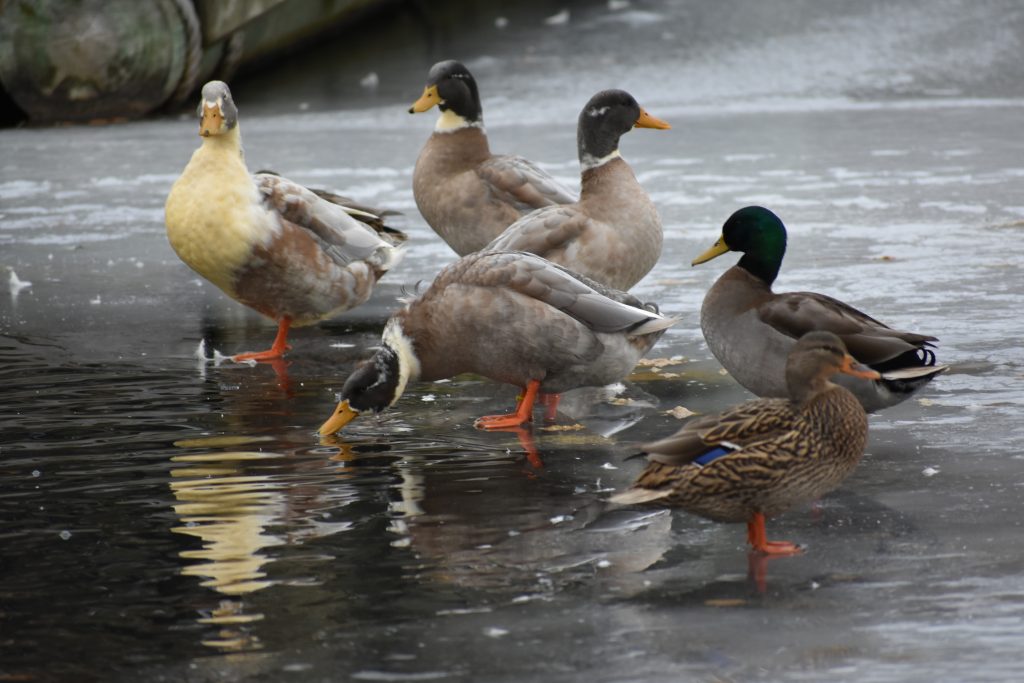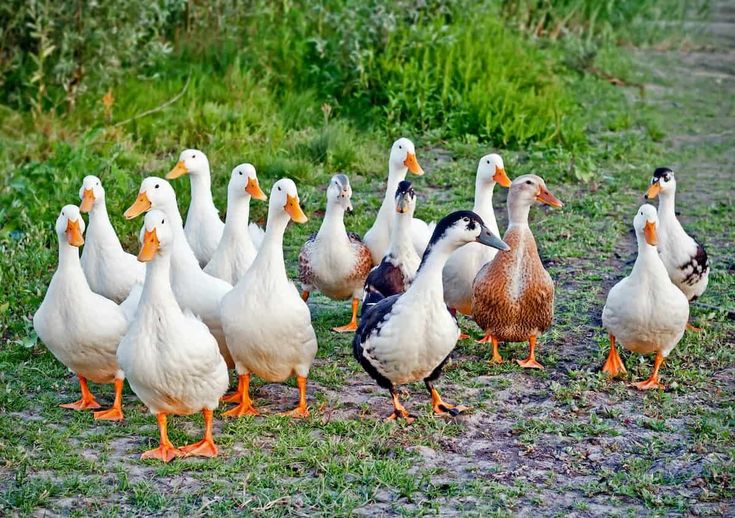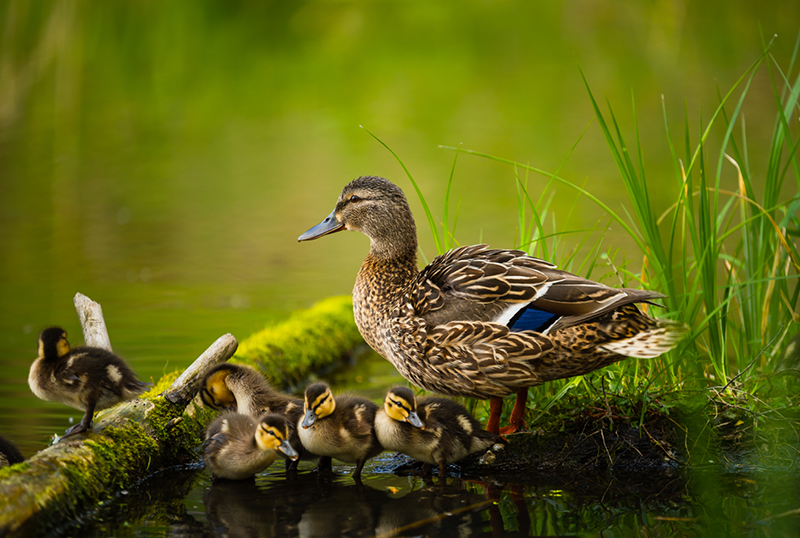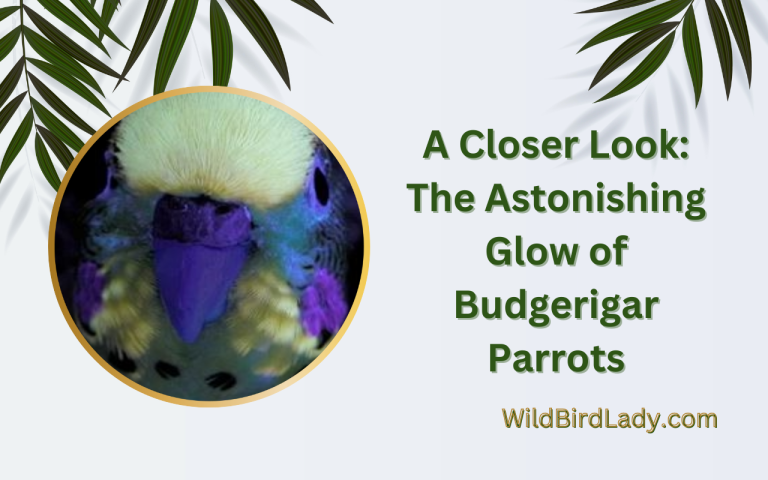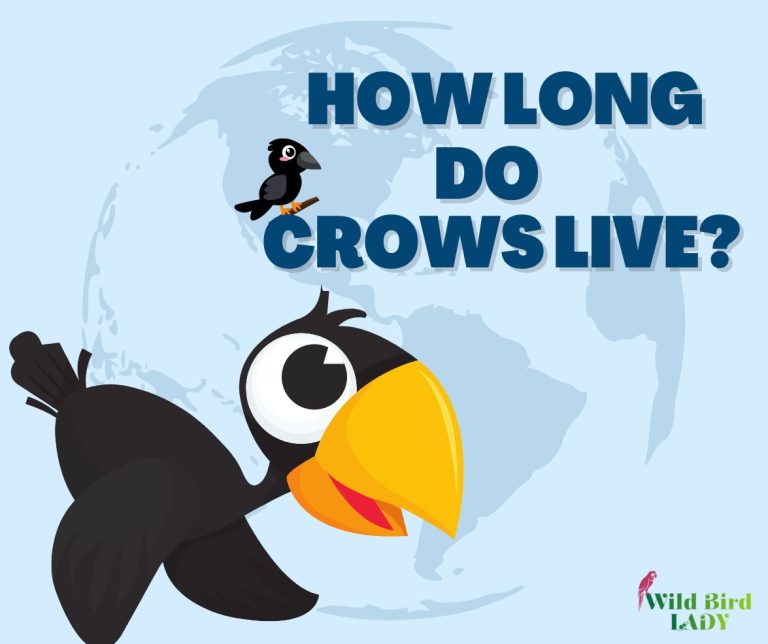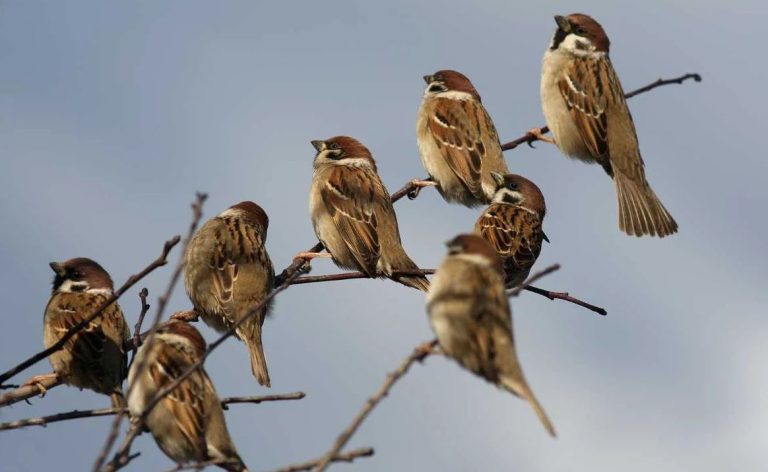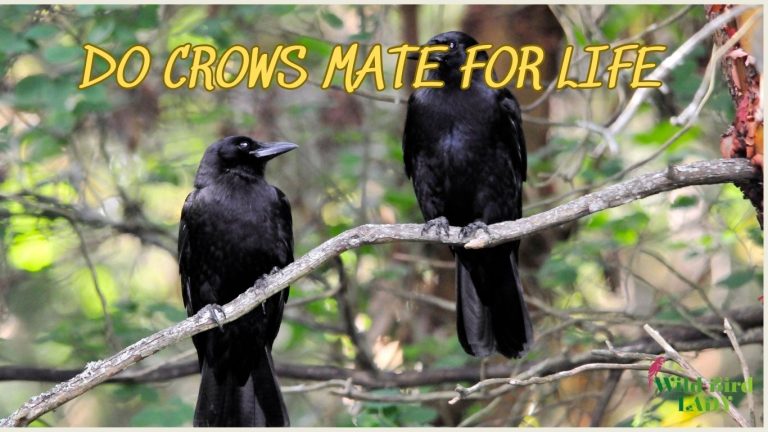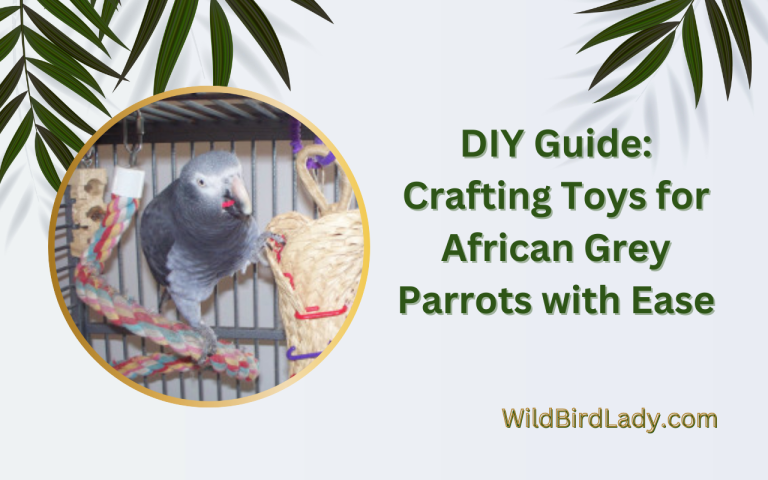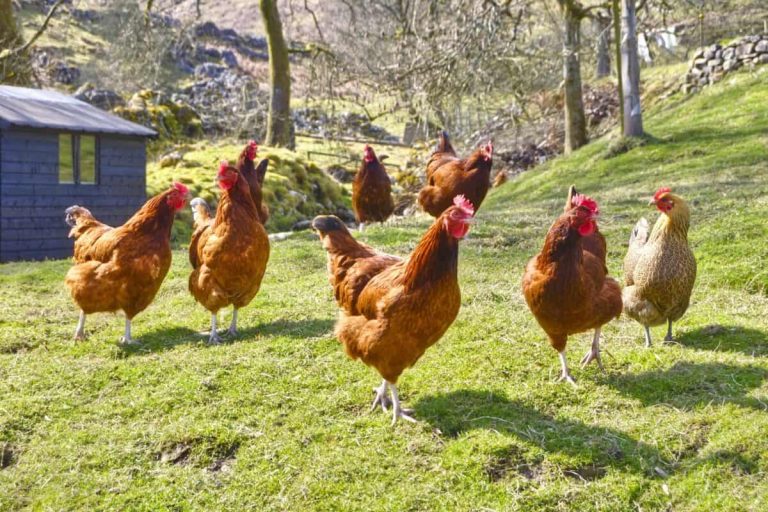Do Ducks Mate for Life? The Surprising Truth About Duck Love and Loyalty
When we think of lifelong love in the animal kingdom, swans often come to mind. But what about ducks? Do ducks mate for life? Or is their love more fleeting than fairy tale? Whether you’re a backyard bird watcher, a duck enthusiast, or just curious about the romance of waterfowl, this deep dive into duck courtship, loyalty, and family life may surprise you.
In this article, we’ll explore the reality behind duck relationships—from devoted pairs to dramatic breakups—uncovering the truth behind one of the most commonly asked bird questions: Do ducks mate for life?
Do Ducks Mate for Life? The Short Answer
No, most duck species do not mate for life. While some duck species form strong seasonal bonds and may reunite with the same partner in future years, the majority engage in monogamous pairings only for the duration of the breeding season (Cornell Lab of Ornithology, 2024). Once ducklings hatch and grow, the male typically moves on, and the female raises the brood alone.
But there’s more to the story. Let’s break down the nuances of duck mating behaviors and what makes their love lives so fascinating—and occasionally, dramatic.
Seasonal Monogamy vs Lifelong Pair Bonds
Unlike swans, albatrosses, and a few geese, ducks are seasonally monogamous. This means that:
- A male and female duck form a pair bond for one breeding season.
- They usually stay together during courtship, mating, and sometimes incubation.
- After the season ends, the pair typically separates and finds new mates the following year.
“Ducks generally form new pair bonds each year, with few exceptions,” reports Ducks Unlimited (2023).
Are There Exceptions?
Yes—but they’re rare. According to All About Birds (Cornell Lab of Ornithology), some ducks in captivity or isolated populations may reunite with former mates, but this is not the norm.
Inside the Duck Dating Game: How Ducks Choose Mates
Duck courtship is anything but boring. Males perform elaborate rituals like head-bobbing, splashing, and soft vocalizations. These displays are designed to showcase strength and health, which females use to choose a partner (National Geographic, 2022).
1. Courtship Displays
Males perform elaborate rituals like:
- Splashing, preening, and head-throwing
- Quacking, whistling, or soft grunts
- Puffing out their chest and striking dramatic poses
These displays are designed to show off strength, health, and suitability as a mate.
2. Female Choice
Females play a critical role in mate selection. They watch multiple suitors before choosing a partner, often favoring those with:
- Vibrant plumage (an indicator of good genes)
- Energetic and creative displays
- Familiarity (some females may return to previous partners)
3. Bond Formation
Once a pair bond is established, the couple may:
- Forage and swim together
- Nest near each other
- Defend one another from rival ducks
However, the bond is short-term and usually ends after mating or once eggs are laid.
The Role of the Male After Mating
In most species, males do not participate in raising ducklings. Once the female lays her eggs, the male often leaves.
According to Avian Studies Journal (2021), the female handles all incubation and chick-rearing responsibilities in 90% of duck species.
What Happens After the Eggs Are Laid?
- The male often leaves and may seek a new mate if time allows.
- The female incubates the eggs (usually 8–15, depending on species) for 3–4 weeks.
- After hatching, she raises the ducklings on her own, teaching them to forage and avoid predators.
This maternal role is vital—baby ducks (ducklings) are precocial, meaning they hatch with eyes open and can feed themselves. However, they still rely on their mother for warmth, protection, and survival skills.
Do Any Ducks Stay Together Longer?
Some duck species are more “faithful” than others. For example:
1. Black-bellied Whistling Ducks
- These ducks are unusually monogamous for their kind.
- Both male and female raise the young together, sometimes over multiple seasons.
“Black-bellied Whistling Ducks are one of the few duck species that exhibit long-term pair bonding and shared parental care,” notes the Cornell Lab of Ornithology (2024).
2. Fulvous Whistling Ducks
- Another exception to the duck rule.
- They often form long-term pair bonds and are involved in cooperative parenting.
Even so, these relationships aren’t guaranteed to last a lifetime—environmental pressures, survival rates, and other factors can disrupt even the strongest duck pairs.
Do Ducks Feel Love?
While ducks do show signs of bonding and distress when separated, it’s more accurate to interpret their behavior as instinctual rather than emotional love. Hormonal bonding and imprinting play key roles, according to research summarized in Bird Behavior Quarterly (2022).
What We Know:
- Ducks experience hormonal changes during bonding and nesting that suggest strong attachment.
- They show signs of distress when separated from their mates or ducklings.
- Some species exhibit mourning behaviors when a mate is lost.
However, these signs are not definitive evidence of “love” in the human sense. Instead, ducks display complex social behaviors driven by instinct, survival, and reproduction.
Duck Mating Myths: Let’s Bust a Few
Myth #1: All Ducks Mate for Life
Fact: Most ducks only pair for one season (Ducks Unlimited, 2023).
Myth #2: Male Ducks Help Raise Ducklings
Fact: In the wild, nearly all parental care is done by females (Avian Studies Journal, 2021).
Myth #3: Ducks Are Gentle Lovers
Fact: Mating can be aggressive and even violent late in the season, especially when multiple males compete for limited females (National Geographic, 2022).
Why the Myth of Lifelong Duck Love Persists
Many people see ducks swimming in pairs and assume they’re lifelong soulmates. While it’s true that ducks often pair off during breeding season, this bond doesn’t extend year-round.
The romantic image is also reinforced by:
- Cartoons and media, which often depict ducks as devoted couples
- The presence of duck pairs in urban parks and backyard ponds
- Comparisons to swans and geese, which are truly monogamous
How Duck Mating Impacts Backyard Birders and Farmers
Whether you’re a homesteader raising ducks for eggs and pest control or a backyard bird enthusiast who enjoys watching wild waterfowl in your pond, understanding duck mating behavior is more than just curiosity—it’s essential for promoting healthy, safe, and humane conditions.
Here’s how duck mating habits directly affect how you manage your flock or observe wild visitors:
1. Avoid Overcrowding—Especially with Too Many Drakes
In duck populations, the male-to-female ratio matters—a lot. Drakes (male ducks) can become overly aggressive and competitive during mating season, especially when there are too few females. This can lead to:
- Stress or injury in females from repeated or forced mating attempts
- Fighting among males, sometimes to the point of serious harm
- Decreased egg production and nesting success due to environmental stress
Ideal ratio: For domestic breeds, aim for 1 drake per 4–6 hens. This helps keep mating behavior more balanced and less aggressive.
According to Ducks Unlimited, aggressive male competition is a natural part of duck breeding, but in confined environments, it needs careful management (2023).
2. Separate Aggressive or Excess Drakes
Not all drakes play nice. If you observe one or more males chasing, biting, or over-mating certain females, temporary separation may be necessary.
- Use a divided enclosure to isolate aggressive males during peak breeding season (typically spring).
- Consider rehoming surplus drakes if you’re raising ducks for eggs or companionship, not breeding.
This ensures a safe, low-stress environment for hens, particularly those who are nesting or broody.
3. Provide a Safe, Quiet Environment for Nesting Females
Female ducks (hens) are entirely responsible for incubating eggs and raising ducklings. If they feel unsafe or overwhelmed, they may abandon their nest—or stop laying altogether.
Here’s how to support them:
- Offer secluded, shaded nesting areas with straw or dry grass
- Minimize disturbances from humans, pets, and other animals
- Avoid relocating nests once the female has begun laying
If you’re observing wild ducks nesting in your backyard, resist the urge to interfere—even well-meaning help can cause harm.
4. Plan for Population Control & Ethical Breeding
Understanding that most ducks do not mate for life helps backyard keepers:
- Avoid romanticizing or anthropomorphizing duck behavior
- Make informed decisions about breeding, such as when to introduce or remove partners
- Prevent overbreeding, especially in small spaces or ornamental ponds
For those raising ducks for meat or egg production, monitoring reproductive behavior ensures better yield and animal welfare.
5. Manage Human Expectations with Realistic Understanding
If you’re new to keeping ducks or frequently observe wild pairs, it’s easy to assume that bonded ducks will stay together forever. But as we’ve discussed, most duck species form seasonal pair bonds only.
Knowing this:
- Helps reduce emotional misinterpretations (“Why did my duck leave his mate?”)
- Encourages healthier flock dynamics by focusing on practical care over human-style matchmaking
- Reminds us to observe, not project—watching ducks on their terms enriches your experience as a keeper or birder
Bonus Tip: Duck Mating Season Calendar
In most parts of North America, duck mating behavior ramps up in late winter through spring (February–May). This is when you’ll see increased displays, vocalizations, and territorial behavior.
Mark your calendar and prepare accordingly by:
- Reinforcing pens or fencing
- Stocking up on nesting materials
- Separating incompatible birds early
By aligning your duck-keeping or bird-watching practices with how ducks actually mate and raise their young, you’ll not only protect their well-being—you’ll gain a deeper appreciation for their natural rhythms, instincts, and surprisingly complex social lives.
Fun Facts About Duck Pairing and Parenting
- Ducklings imprint within hours of hatching and follow their mother (National Geographic, 2022).
- Male ducks molt after breeding, losing vibrant feathers for camouflage (Cornell Lab of Ornithology).
- Some females egg-dump into other nests to avoid raising their own.
- Orphaned ducklings are sometimes adopted by other hens (BirdLife International).
Final Thoughts: Do Ducks Mate for Life?
While the idea of ducks finding their one true love is charming, the reality is more practical and seasonal. Ducks do not typically mate for life. Instead, they form temporary pair bonds that serve a critical purpose: producing and protecting the next generation.
That said, duck relationships are still full of fascinating rituals, preferences, and surprises. Whether you’re watching mallards at the local park or raising domestic ducks on your farm, there’s no denying that duck behavior reflects the complex interplay of biology, instinct, and adaptation.
So the next time you see two ducks paddling side by side, appreciate the moment—but don’t assume they’ll be together forever.
Sources cited include Cornell Lab of Ornithology, Ducks Unlimited, National Geographic, BirdLife International, and Avian Studies Journal.
Frequently Asked Questions (FAQs)
❓Do ducks form lifelong bonds like swans?
No. While swans often mate for life, most duck species do not. Ducks typically form seasonal pair bonds—they choose a new partner each breeding season and rarely reunite with the same mate the following year.
❓Are there any duck species that mate for life?
A few species, such as the Black-bellied Whistling Duck and Fulvous Whistling Duck, are known to form stronger and sometimes long-term pair bonds. However, even in these cases, lifelong monogamy is not guaranteed and often depends on environmental stability and survival.
❓Do male ducks help raise ducklings?
In almost all duck species, no. Once the female lays her eggs, the male (drake) typically leaves. The female alone incubates the eggs and raises the ducklings. Exceptions are rare and usually limited to species like Whistling Ducks.
❓Why do some ducks seem to stay in pairs year-round?
Many ducks form pair bonds during fall or winter and stay together through the breeding season, so they may appear to be together long-term. However, this pairing usually ends after nesting, and new bonds are formed the next year.
❓Can ducks re-pair with the same mate in future seasons?
Occasionally, yes—especially in captive environments or isolated wild populations. But in general, ducks do not show strong mate fidelity across years like some geese or swans.
❓What happens if a duck’s mate dies?
The surviving duck will typically seek out a new mate during the next pairing season. Because ducks do not usually form lifelong bonds, they readily adapt and continue their reproductive cycle with new partners.
❓Can multiple male ducks fight over one female?
Yes. During mating season, male competition can be intense. Drakes may chase, peck, or even force mating attempts, especially if there are more males than females. This is why maintaining proper gender ratios is essential in domestic flocks.
❓Is duck mating always consensual?
In the wild, duck mating can sometimes be aggressive or forced, especially late in the season. Researchers have documented these behaviors in species like Mallards, where multiple drakes may attempt to mate with a single hen.
❓At what age do ducks start mating?
Most domestic ducks become sexually mature at around 5–7 months of age. Wild ducks typically begin mating during their first spring after hatching, though some may wait until their second year depending on species and conditions.

